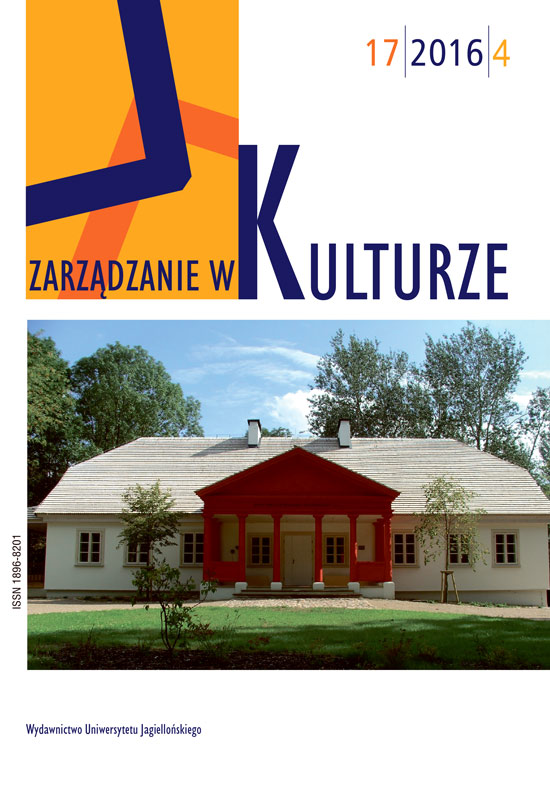Grodno jako miejsce pamięci
Grodno as a place of memory
Author(s): Albina SiemiańczukSubject(s): Cultural history, Local History / Microhistory, Cultural Anthropology / Ethnology, Sociology of Culture, 13th to 14th Centuries, 18th Century, History of Antisemitism
Published by: Wydawnictwo Uniwersytetu Jagiellońskiego
Keywords: multiculturalism; „place of memory”; Pierre Nora; Jan Assmann; Grodno; Polish; Belorussian; Jewish; acculturation;
Summary/Abstract: Grodno as a city in the Republic of Belarus, with its rich and diverse culture, is almost 1000 years old. It arose as one of the political and administrative centers of ancient Rus. In the middle of the thirteenth century it stood at the beginning of the Grand Duchy of Lithuania, which formed in the Neman region. The Grand Duke of Lithuania Vytautas received the city from his father Kęstutis and from that moment on Grodno became the residence of the great dukes of Lithuania, and later Polish kings. At the end of the eighteenth century, after the partition of Poland, Grodno was seized by the Russian authorities. As a provincial town of the Russian empire it suffered a violent Russification, which was continued in the times of the Soviet Union. On receiving independence in 1991, the Republic of Belarus began an independent political life. However, the election in 1994 of A. Lukashenko for President shattered the independent Belorussian state development trend and started a restoration of Soviet institutions of power and traditions. Instead of Belorussian national symbols in public life, Soviet symbols reappeared, which blurred the traces of the rich and varied history of the country. Grodno is perhaps the most interesting city of Belarus because of its multiculturalism.
Journal: Zarządzanie w kulturze
- Issue Year: 17/2016
- Issue No: 4
- Page Range: 343-353
- Page Count: 11
- Language: Polish

